Understanding an IGI Grading Report | Rare Carat
What is an IGI Report?
While GIA has always dominated the natural diamond report market (did you know GIA invented everything from the equipment to the grading methods), IGI carved out its share of the pie with diamond reports of laboratory-created diamonds.
While IGI does not give names to its various types of reports, based on the reports I could find on Rare Carat, there seems to be mainly two types: simplified and full report.
On the simplified report, there is the diamond's basic info with some kind of illustration. On the other hand, the full report comes with a full set of available illustrations.
In contrast to GIA with its strict layout and even stricter rules, IGI does not have a strict set of rules of what to include in its grading report. So, I think I will introduce each available section in detail so you can understand and navigate all of them.
Basic Information Section (Always on the left-hand side)
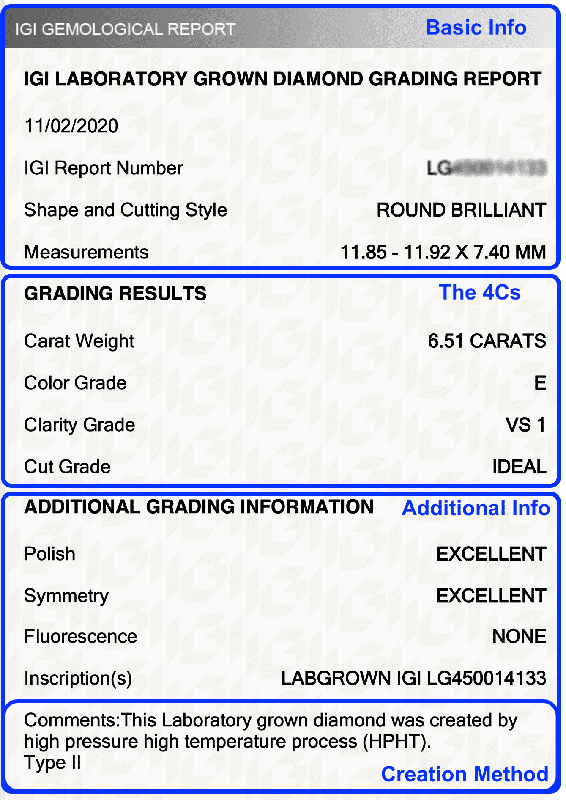
This section contains all the information that determines the pricing of the diamond. Starting from the top, the first section of the report contains the report date, the report number, the shape and style of the cut, and lastly the measurements. In the middle of the section, the 4Cs, which are the most influential, are listed. IGI has a separate Hearts and Arrow report detailing the cut grade of a diamond (not available on all diamond reports). Toward the end, the section of additional information contains the polish grade, symmetry grade, fluorescence, any inscription if present, and comments of the methods by which the diamond has been made. Laboratory-created diamonds can either be made by the HPHT method or the CVD method.
Proportions (Usually in the middle):
Look for the title that says Proportions or a side-ways view diagram of a diamond. This diagram showcases the important angles on a diamond that determines the brilliance and scintillation of the stone. So if you have a favorite crown angle, table percentage, or depth percentage, you can find it here.
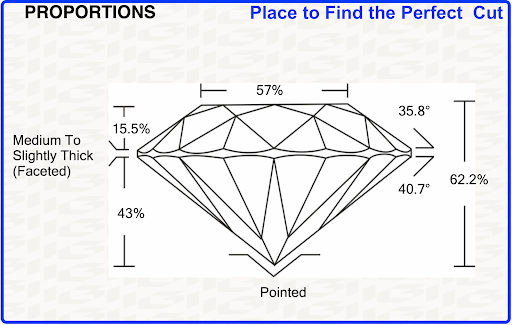
Clarity Characteristic (Plot Diagram):
Under this section, you will find a detailed plot of all the clarity characteristics inside and on the surface of the diamond. This will give you an idea of what to expect from the appearance of the diamond. Note that some IGI diamond reports do not contain a legend for what the various symbols mean, but only tell you that red means internal and green means external.

Grading Scales (usually to the side):
If you accidentally forgot some of the 4C's (in this case clarity or color), this section has you covered.
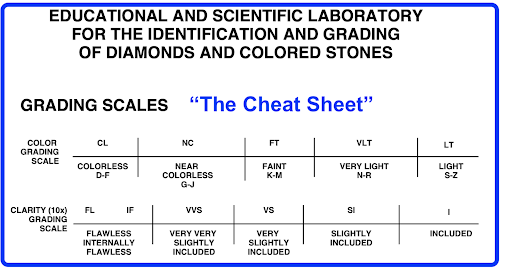
Pictures & Laserscribe
If you see a pretty image of a diamond, you are in luck. IGI provides an image of the actual diamond along with an image of the laser inscription. So, you can be extra sure before you purchase a diamond. Note that the images are enlarged to show more of the details of the diamond.
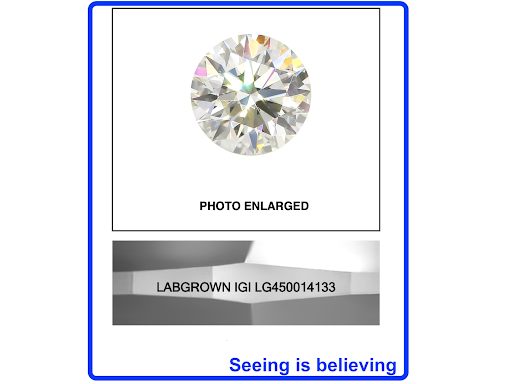
Disclaimers and QR Code (usually in the corner)
If you are worried about the big boxes full of words or just curious about all the fine print on the report, I have got you covered. A basic summary - all of the information on the report in not a guarantee, but does reflect the best effort of IGI both in determining the 4Cs and the origin of the laboratory-grown diamond. The QR code is another neat feature allowing an easy method to check your report. Simply open the camera of any modern smartphone and focus on the QR code. Your phone will prompt you to click on a link and viola you can check your IGI report.
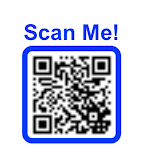
Further Resources on the IGI website
Once you are on the IGI website and found your report, here are some neat features you can play around with. If you have a hard time getting to the below page, click on this link and type in the report number or just use the QR code if you have the report in front of you. IGI has four tabs for the report highlighted in blue in the picture. The first tab and the default tab is the report itself. The “4C’s” tab is about all the charts illustration the criterias of the 4Cs. The next tab chronicles the journey that your diamond has gone through to get to you. Lastly, IGI even has videos breaking down the various aspects of diamonds in video format. For any curious ones out there this is a great resource.


IGI Grading Report FAQs